The word “fermentation” has gained a lot of popularity in households during recent years. Overall, this is a big step toward a healthy food mindset! However, the understanding and application of the word have been somewhat lost since its origin thousands of years ago. What does this have to do with the home fermenter? Read on and discover the science behind fermentation and it’s benefits!
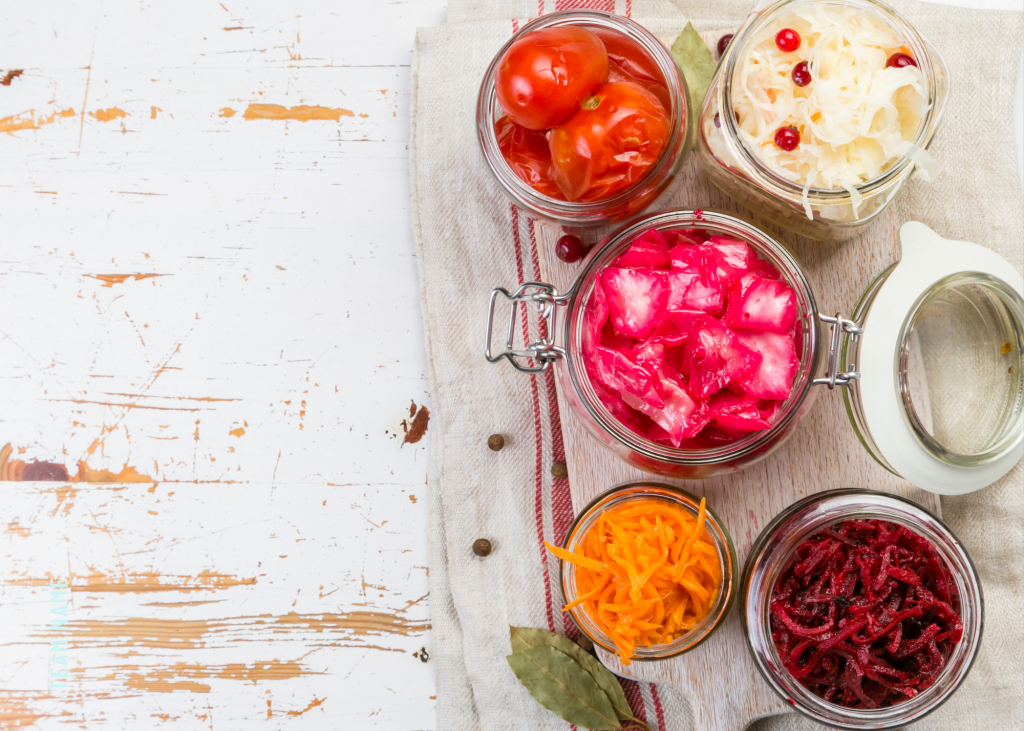
Fermentation Definition
According to Merriam-Webster, fermentation has a few components.
- The environment is anaerobic. (I will explain this in its own section because it is essential!)
- Fermented substance is rich in energy.
- Some type of microorganism starts and creates the breakdown of what’s being fermented.
Here is an example:
- In an airtight fermenting vessel, such as a crock or swing-top jar with an airlock lid…
- Cabbage, rich in energy, is properly prepared and loaded into the vessel…
- And the natural lactic acid bacteria found on the cabbage are able to break down the carbohydrates and reformat them into
- Vitamins
- Organic acids
- Enhanced flavor and nutrition
- Probiotics
- Extended shelf life
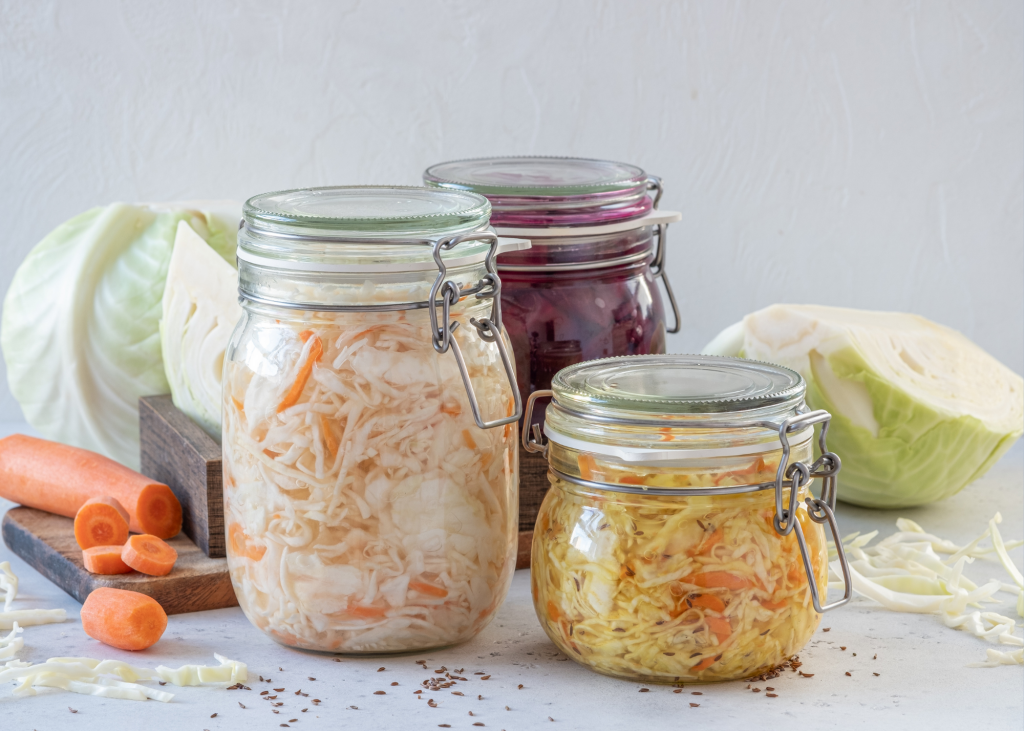
Fermentation does a bunch of amazing things! Given the right environment and quality of “energy,” we end up with something more nutritious than when we started! Plus, we have the added benefit of extending the shelf life.
The Science and Benefit of Lactic Acid Bacteria in Fermentation
In the third step of our fermenting example, we have this lactic acid bacteria that seems to be all over our food, making magic happen. What is up with that? I thought bacteria was bad?
As with almost everything in nature, balance is key. All microorganisms have situations where they are helpful and where they are harmful. In the case of food fermentation, bacteria from the genera Lactobacillus, Leuconostoc, Pediococcus, and Streptococcus are the primary movers, so to speak, with a few other minor players.
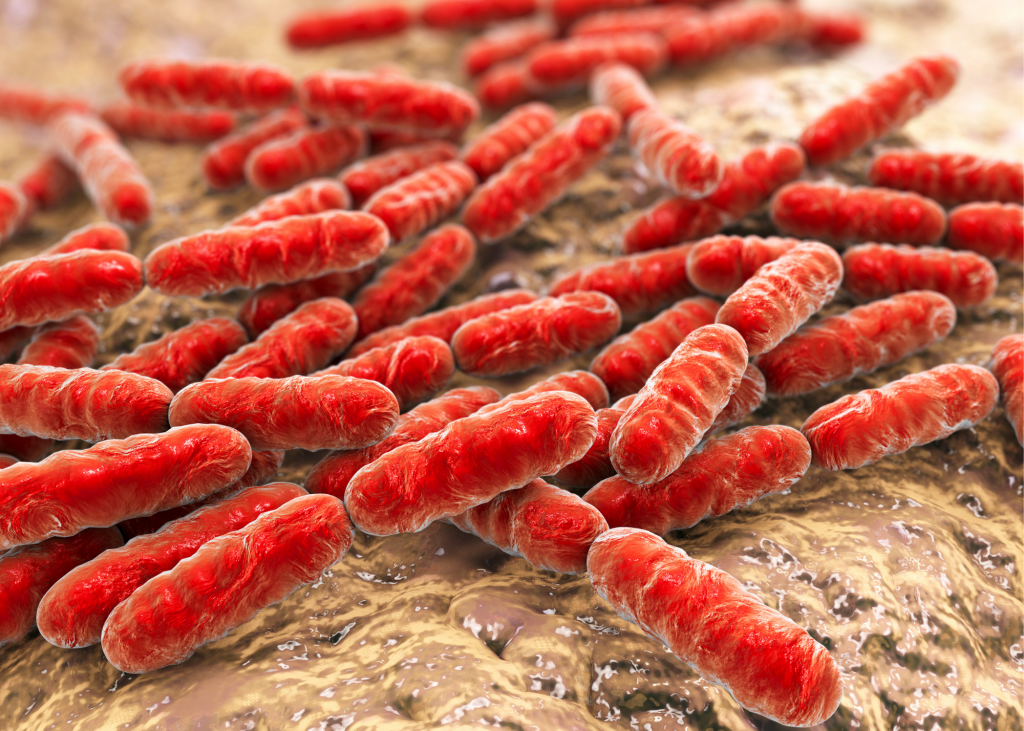
Lactic acid bacteria, or LABs, work by converting carbohydrates (sugar) into lactic acid, carbon dioxide, and other organic acids. They are also known as microaerophilic, which is fancy for not using oxygen. When discussing food preservation, this is an amazing feature! Oxygen will always be the bearer of food decay (oxidization), but LABs are able to perform all their processes without oxygen, therefore benefiting the food without compromising its composition. The jargon for this no-oxygen process is called anaerobic fermentation.
The Science of Anaerobic Fermentation
I can just see the horrible flashbacks to high school as soon as you read anaerobic…or maybe it started when you read microaerophilic (unless you love biology that is!). The meaning of anaerobic is very simple, as I’ve already described, but imperative to creating beneficial, safe and effective fermented foods.

Importance and Benefit in Fermentation
When describing how LABs work, I previously touched on some key aspects of proper fermenting. However, let’s work through some other important factors to safety and efficacy.
Mold Growth
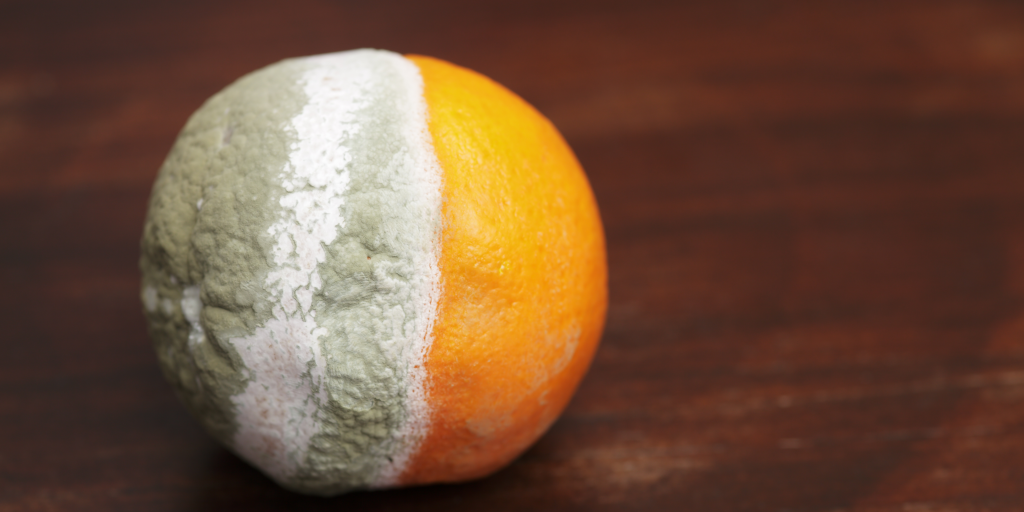
First of all, there are certain types of microorganisms we want growing, and certain types we absolutely do not want growing. I know there is a lot of talk out in the fermenting world about just scraping off mold, but I don’t see scientific evidence endorsing this practice and therefore the consumption of mold. Here are a few reasons to support this idea.
- Mold is only beneficial in very specific circumstances (i.e. antibiotics, certain cheeses)
- The way mold grows is like a tree. It sends “roots” down into the substance it’s growing in, and although the top layer may be skimmed off, the roots are still present in the rest of your ferment. Thus you are still consuming dangerous fungi.
- Some molds can produce mycotoxins which can cause serious disease or even death.
Now that I’ve harped on mold, how does that fit into anaerobic fermenting? Mold has environmental requirements for thriving.
- Temperature: between 40 and 190 degrees F
- Oxygen
- High moisture content
Lactic Acid Bacteria Growth
The lactic acid bacteria (LABs) necessary for fermenting also has environmental requirements.
- Low pH level
- “Very little” oxygen
- Wide range of temperature depending on the type of bacteria; from 60-131 degrees F, with most preferring temperatures at 68-86 degrees F
- High salt concentration
- High moisture content
As you can see, some of the requirements for mold growth are the same as for LABs. However, there are several key differences. The presence of no to very little oxygen will greatly inhibit if not altogether halt mold growth. In addition, the salt and acid concentration will impede mold growth as well. This is where the importance of your fermenting vessel and process comes in. If you are using something like your average mason jar, and not weighing out your salt, you very well could just spoil your food and grow mold instead.
Understandably, this post on the science of fermentation and it’s benefits cannot cover all the offshoots of fermenting topics. Please see some other posts here at Healthy Joyous Living that go over the mason jar, oxidization and the best fermenting equipment to use.
- The Science Behind Fermentation and It’s Benefits
- The Importance of Time Tested Fermenting Equipment
- The Best Fermenting Equipment To Use
- Discussion On Ferments Exposed to Oxygen
- Are Mason Jars the Best Tools for Fermentation?
- Pros And Cons Of The Mason Jar For Fermenting
- Dialogue On The Mason Jar And Oxygen Diffusion
- Important Gasses In Fermentation
- The Best Salt For Fermenting: Part 1
- The Best Salt For Fermentation: Part 2
Benefits of Fermentation
Now that we have a working definition of the science of fermentation, let’s look at the benefits more closely.
In step three of our fermenting example, we have created sauerkraut; a famous, well researched, and historically supported fermented food. The benefits of this and other fermented foods are quite astounding and I think worth looking at in more detail.
Food Preservation
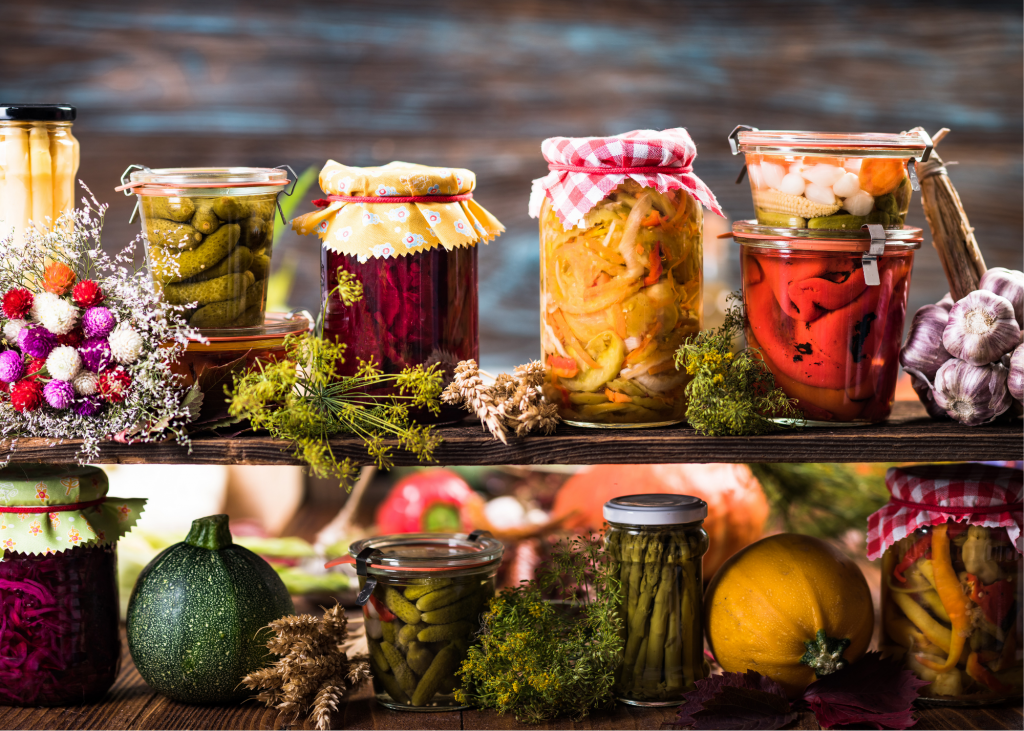
As we’ve talked about already, fermentation has a healthy and natural food preservation effect. This is due to the limit of oxygen and therefore other microorganisms that would start the decomposition process. In addition, the acid and salt levels also aid in discouraging harmful organisms from flourishing. It is also relatively affordable and easy, something most other food preservation techniques cannot check the box for. As well, it increases the nutritional value of the food, which no other food preservation method can do.
Removing Anti-Nutrients
The term “anti-nutrients” refers to lectins, oxalates, phytates, phytoestrogens, and tannins which are found in a wide range of animal and plant foods. The “anti” part is describing their supposed role in limiting the body’s ability to absorb and use the important nutrients. This applies not only to the food the anti-nutrient is found in, but any other food that is eaten at the same time. According to this narrative review article, the research is still out on whether anti-nutrients are harmful or helpful.
There are some studies which show that anti-nutrients actually have an antioxidant effect. In addition, there is solid research to show a drastic decrease in anti-nutrients if the food is prepared properly.
On the flip side, symptoms and results of some studies on anti-nutrients include many severe ailments. These encompass gut/body inflammation, endocrine disruption, and inhibiting the absorption of vitamins and minerals. All this can lead to estrogen sensitive cancers, iron deficiencies, hypothyroidism, and kidney stones. Moreover, some research shows that your body’s current health and genetics plays a role in susceptibility to sensitivities by anti-nutrients.
What does this have to do with fermentation? If you are of the mindset that anti-nutrients are harmful, then you should definitely be fermenting your food! A study on lectins shows that fermenting lentils for 72 hours destroys almost all of the lectins present. Remember that fermentation allows the nutrients to be more bioavailable. This is one aspect of that in action!
Vitamins
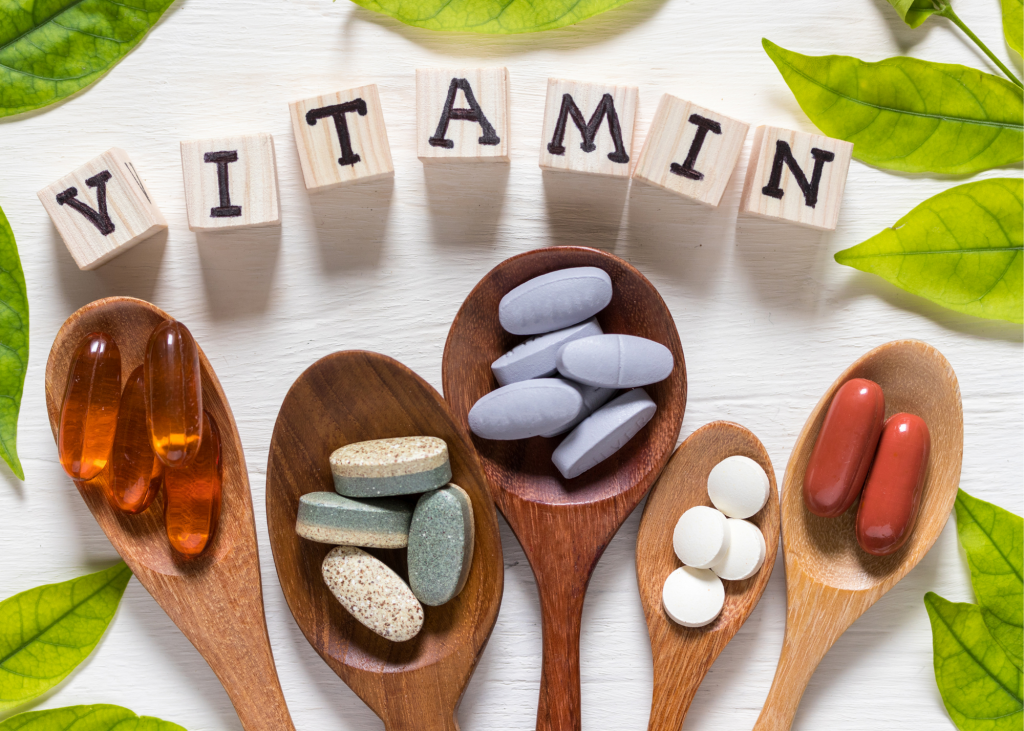
Since we are on the topic of “bioavailable,” vitamin production is another key element. When fermenting foods, vitamin levels are greatly increased.
Example:
Vitamins found in pulque (fermented plant sap traditional to Mexico) have an increase of:
- Thiamine by 24mg
- Niacin by 461mg
- Riboflavin by 15mg
Since most of you won’t be making pulque, let’s look at the well known sauerkraut. Raw, unfermented cabbage has a vitamin C content of roughly 30mg per cup. Once the cabbage has fully fermented, it has a vitamin C content ranging from 57mg to 695mg per cup. I’d say that’s a pretty decent increase in nutritional value!
Digestibility
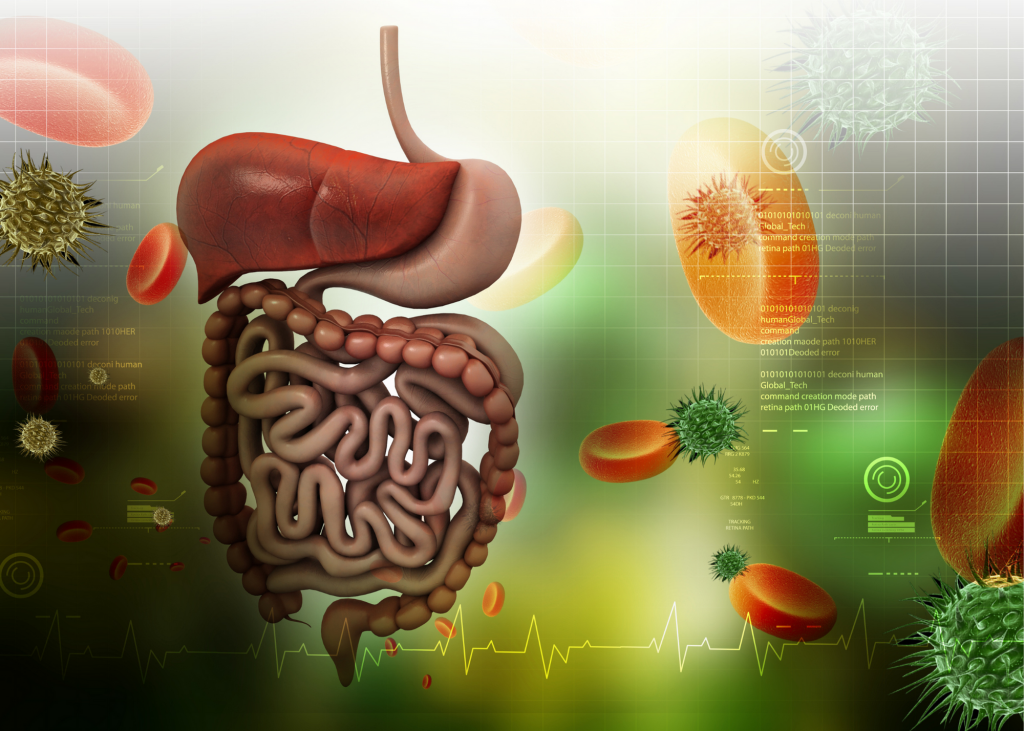
Another benefit to fermentation is the digestibility factor. Plant foods are made up of varying amounts of cellulose, an indigestible fiber. Let’s look at herbivores for an active example of cellulose in the diet. The plants stay in their digestive systems a long time. This allows the microorganisms residing in their digestive tracts enough time to break down the cellulose. For humans, we also need the help of microorganisms in digesting cellulose. Cue fermentation! The enzymes produced by bacteria during fermentation break down the cellulose into sugars that the body can utilize.
Probiotics/Medicinal Benefit
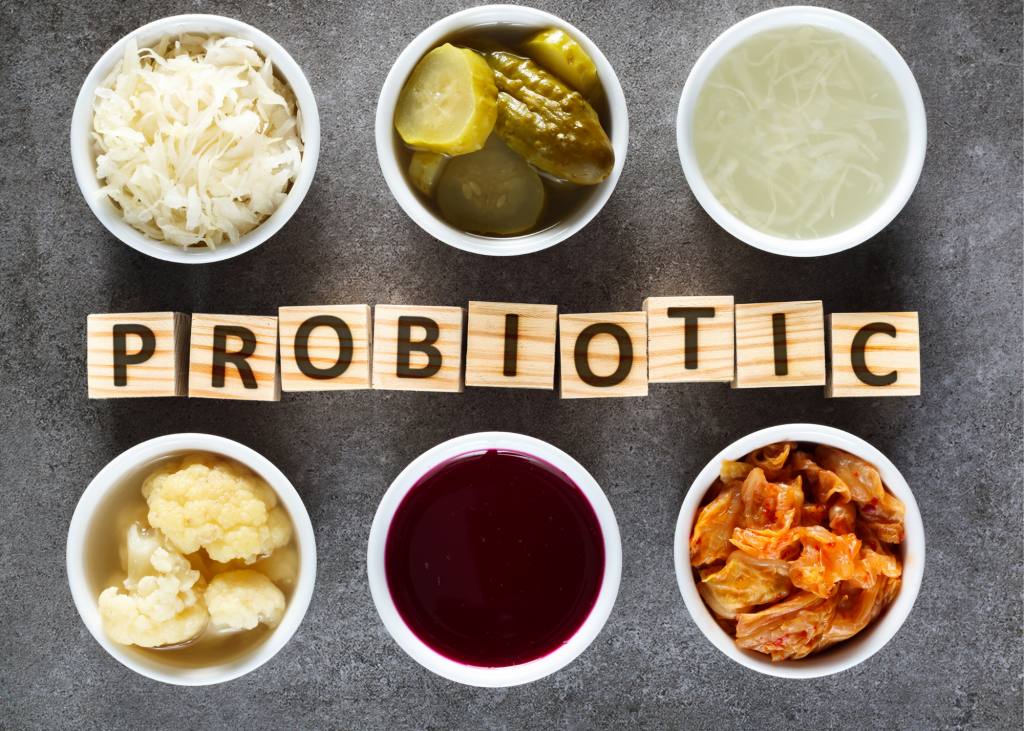
As mentioned earlier, some LABs and molds have the ability to produce antibiotics and bacteriocins. Fermenting prevents food spoilage, and therefore infection by harmful pathogens. Its byproducts also have a cancer preventative attribute, as well as a positive impact on the gut microbial flora. In addition, some studies have shown medicinal benefits of fermentation including:
Anti–
- oxidant
- microbial
- fungal
- inflammatory
- diabetic
- atherosclerotic
Fermenting Science, Benefit and the Future
I feel like all aspects regarding the science of fermentation and its benefits have been covered! However, every topic I briefly touched on has a thousand other avenues to explore. The world of fermentation science is abounding and fascinating, and also sorely under researched. Even so, that seems to be on the uprise due to the demand for healthier foods.
The benefit, then, of making your own fermented foods is that it will be much cheaper than any convenience health food that is commercially produced and sold at stores or shops. What’s more, the commercially produced health foods have to maintain a consistent standard, and that usually involves some type of pasteurization. This is not what we want when talking about fermenting, because it will essentially kill all of your beneficial bacteria/probiotics you worked so hard to create. So do your body and your checkbook a favor and have fun in the kitchen making your own fermented foods!


Leave a Reply